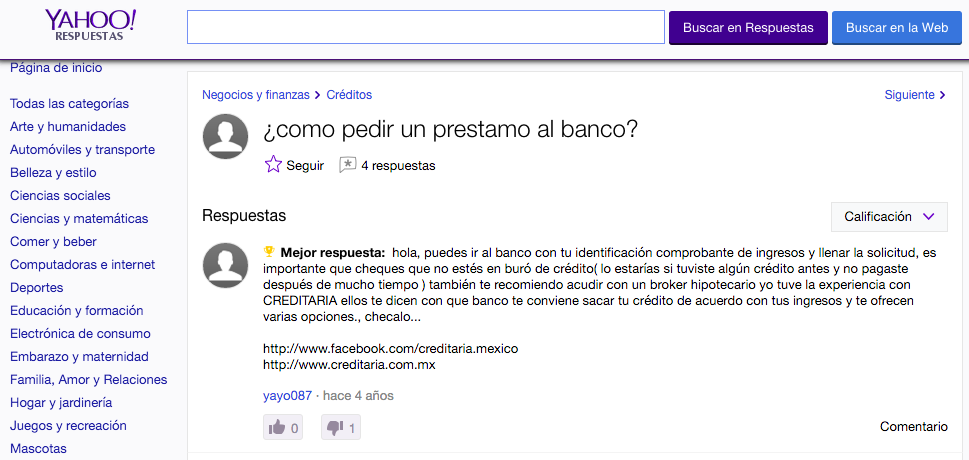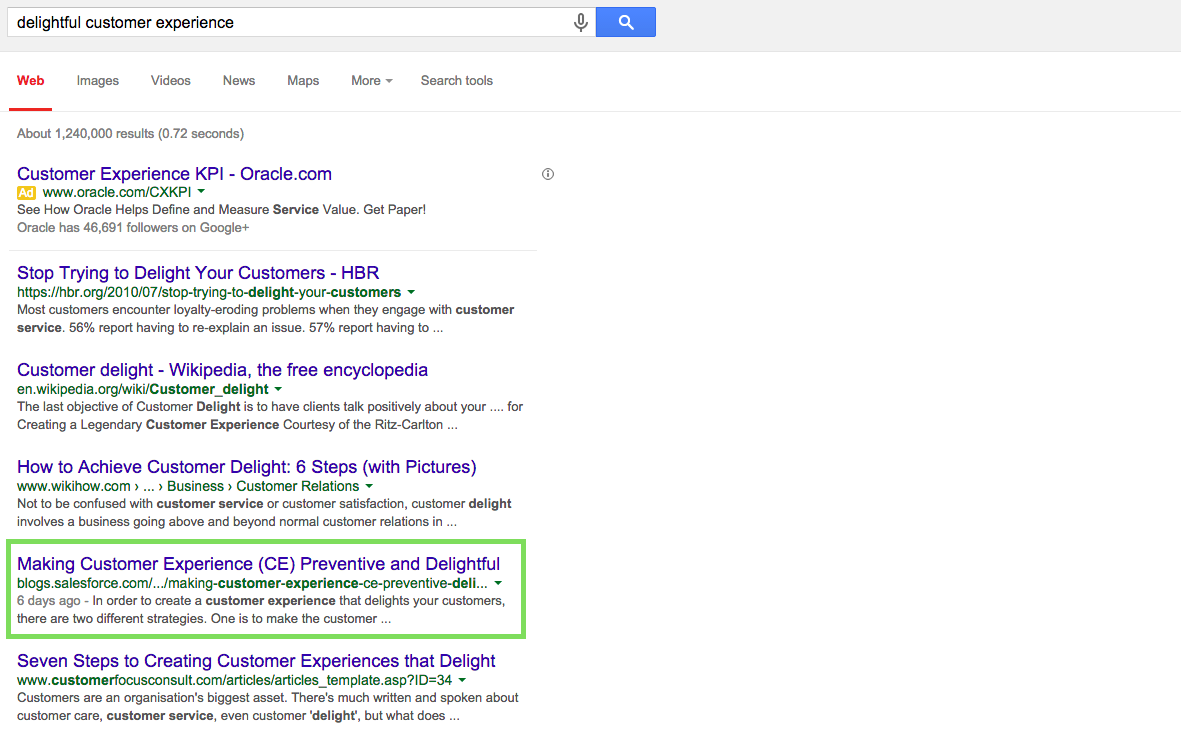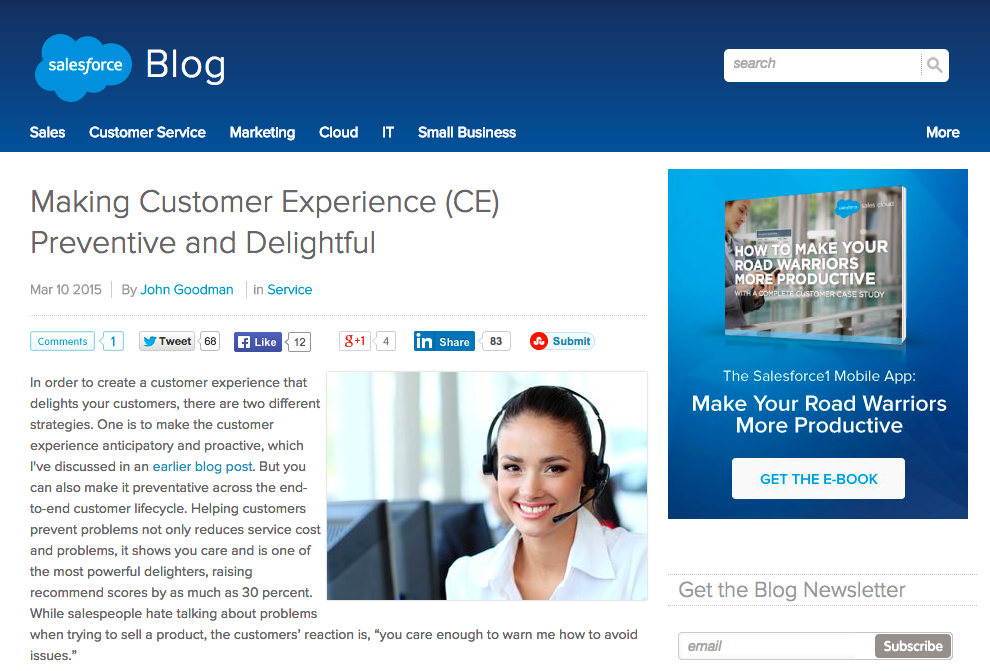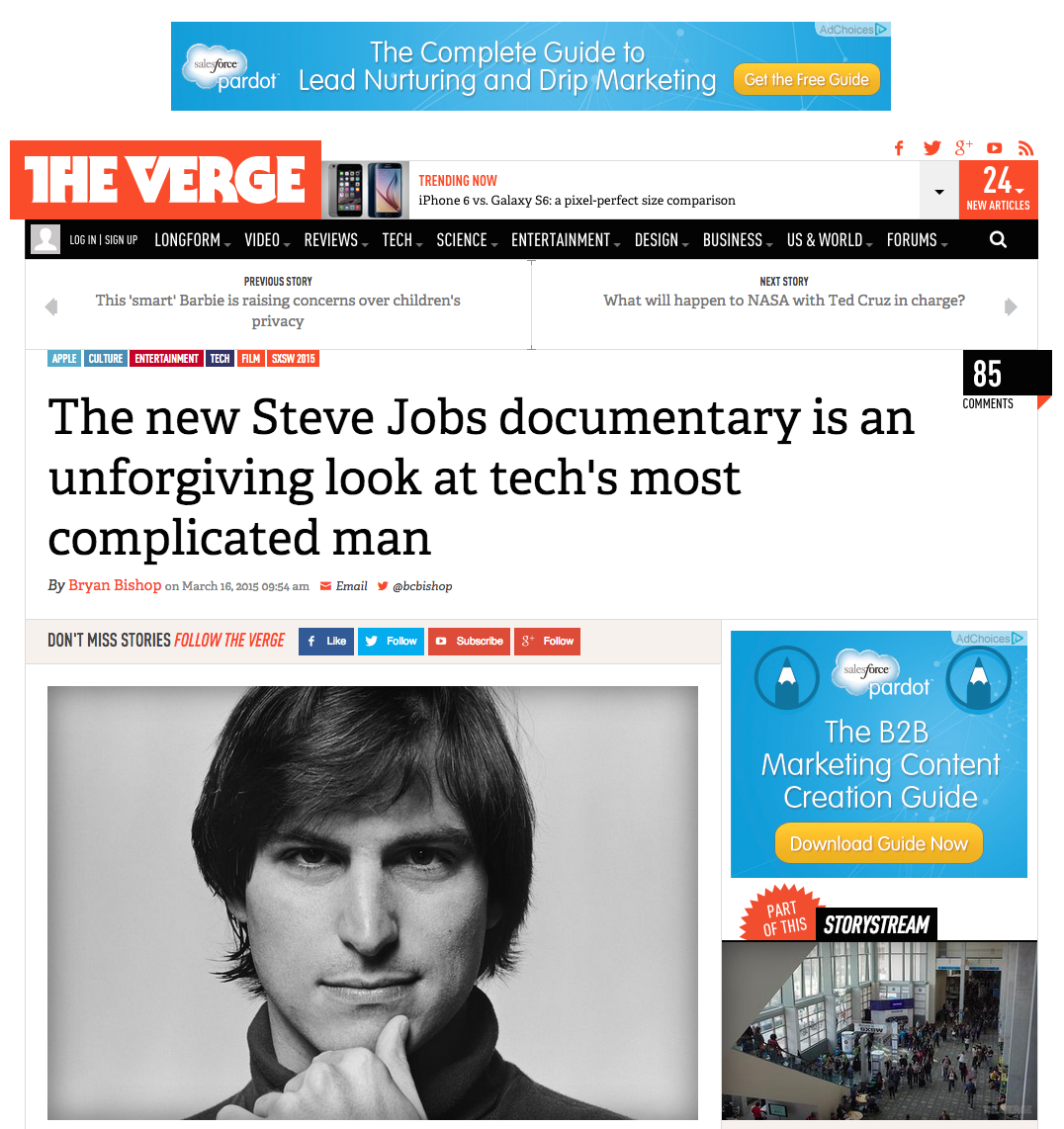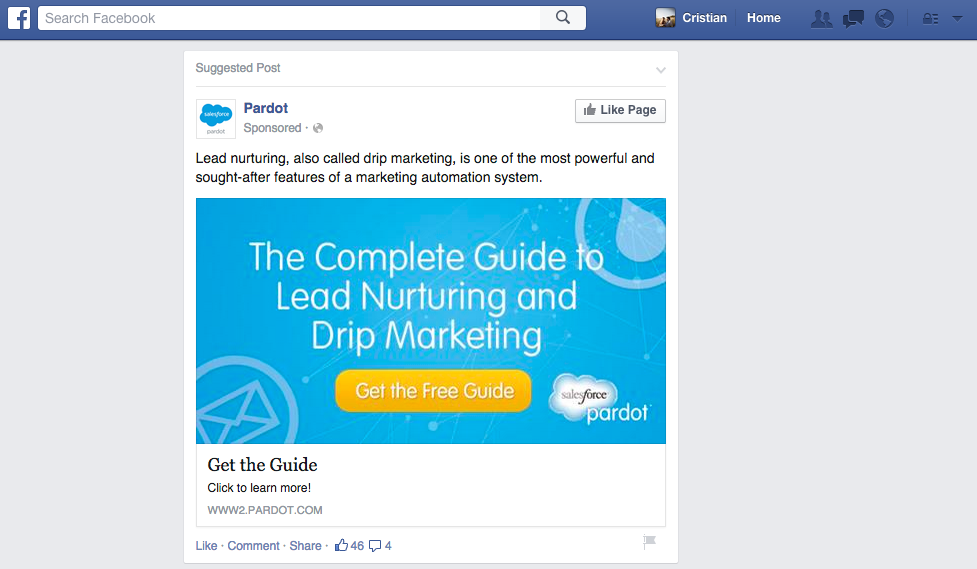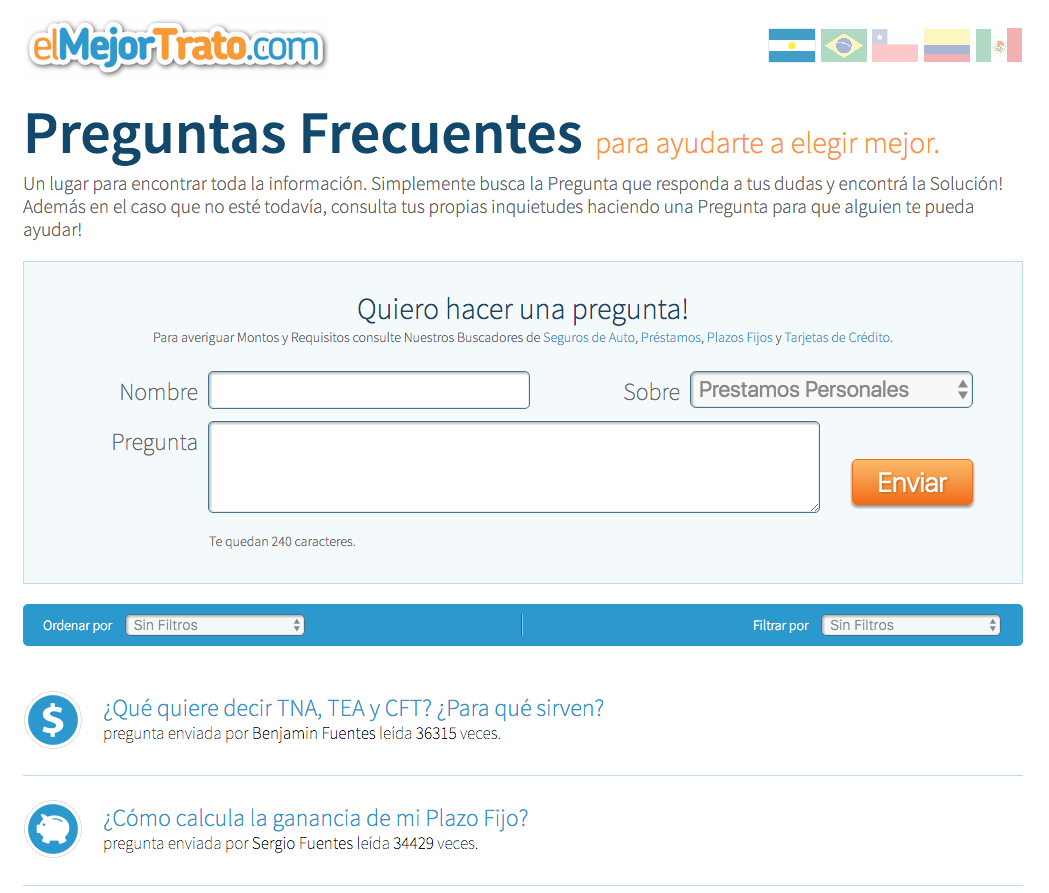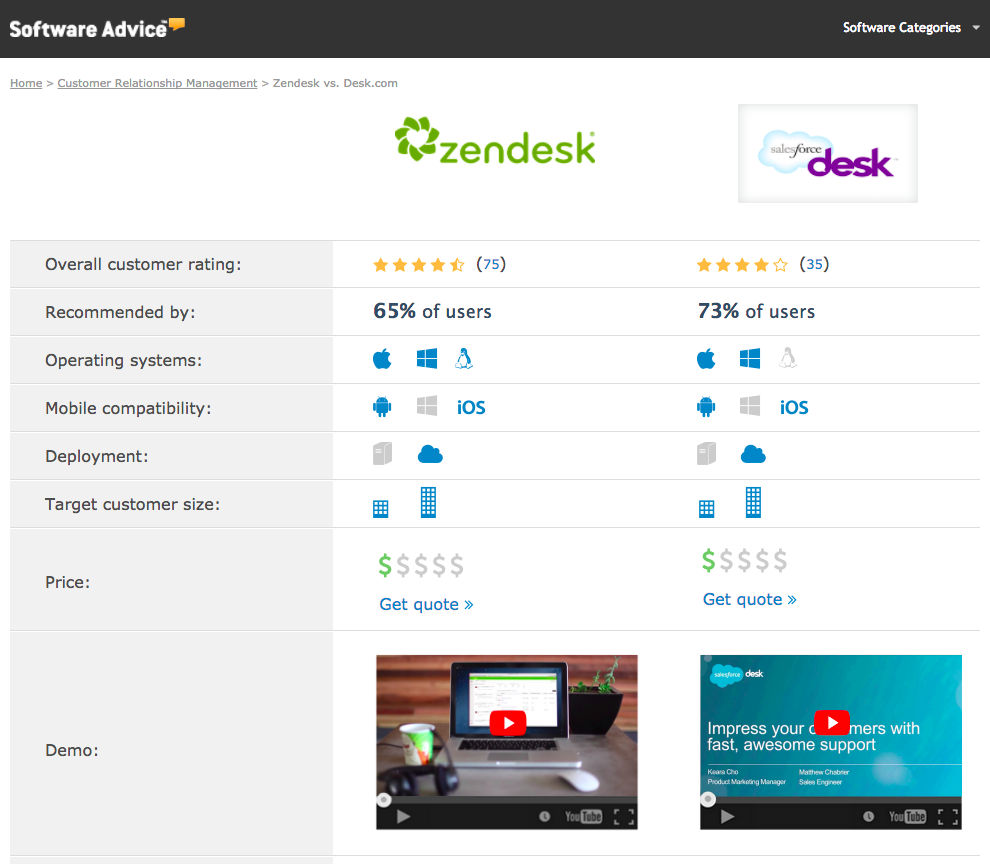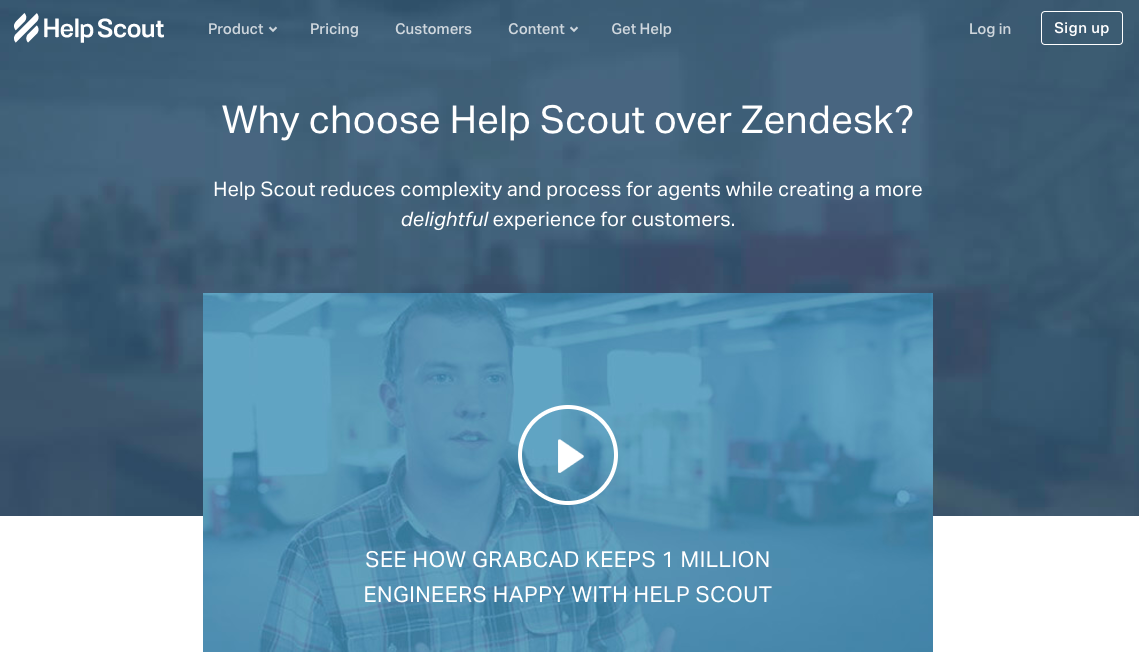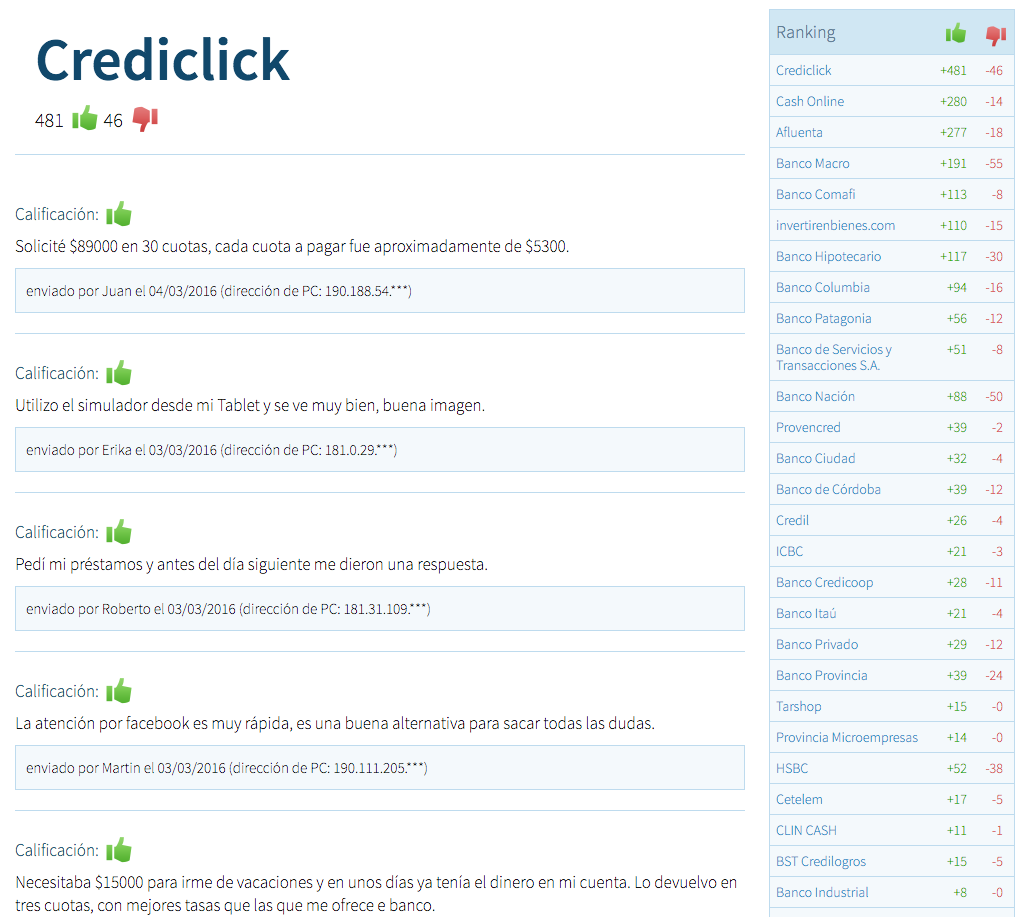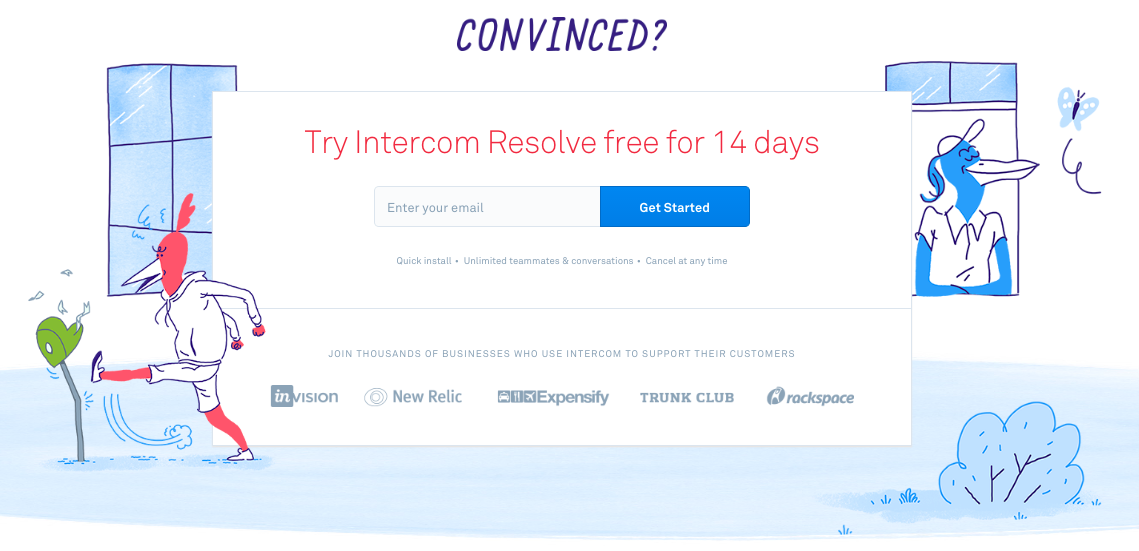When we started our business in 2008, we had one simple objective: to be able to compare as many services as possible via the internet, helping consumers make better decisions. Similar to Expedia or Priceline but focussing on credit, mobile plans, medical cover, insurance, etc… As you may have experienced yourself, if you have your […]
When we started our business in 2008, we had one simple objective: to be able to compare as many services as possible via the internet, helping consumers make better decisions. Similar to Expedia or Priceline but focussing on credit, mobile plans, medical cover, insurance, etc…
As you may have experienced yourself, if you have your own business and have programmers on your team, developing the platform and technology present interesting challenges that can generally keep you very busy during the first few months. Once a minimum viable product has been accomplished, every rookie businessman’s mistake is thinking that success is guaranteed. However, this is only the first step.
Your next goal involves designing a scalable process for a generation of new clients. This is where content marketing comes into play, and I’d like to share the following 4 steps with you:
Contents
1) Start by improving on what already exists.
Eight years ago, Internet content was predominated by forums and question and answer sections, such as Yahoo Answers. Unfortunately, these sites are full of questions but with few answers, and those that were available were of a very poor quality.
This attracted our attention, and among over 100 things that we tried in order to generate new clients for our platform, was a project to develop content in the form of articles for our site to try and answer those frequently asked questions which we found in these online communities (especially forums).
The key here is to focus on providing the best content on the Internet within your company’s area of activity (finance, tourism, automotive, etc.) And this is what we did, generating content that was specific to our area of expertise and that would indeed be of great use if shared online.
On Yahoo answers, for example, the information offered is of little value:
Unlike ourselves, as we generated an article written by a finance specialist specifically to answer this question. We covered all of the necessary details (requirements, deadlines and characteristics) to help the reader:
One of the most important lessons learned was to understand that you have to be patient. Don’t expect immediate results. If implemented correctly, content marketing will bring its first results after a period of 6 months. This time can vary depending on the competition in your sector. But it definitely doesn’t happen overnight.
Even though it took some time, today Google indexes our content above all of the other sites that dominated search engine results at the time. Google is becoming more intelligent by the day at ordering results for its users, so you can guarantee that if you generate useful content for readers, sooner or later you will start to gain your first clients through content marketing.
2) Educate first, in order to sell later.
As shown in this study by KissMetrics, 40.5% of website visits result in users abandoning it without taking any further action. This percentage can even rise to as much as 90% in some industries, when a user visits a website for the first time.
You can improve these indicators by implementing remarketing in your business. But what has all this got to do with content marketing?
And here is the key: combine content marketing + remarketing. This is exactly what leading companies are doing today in the online environment.
Let’s look at the example of the giant, Salesforce. The content they generated includes, for example: ‘Make your customer experience a captivating one.’ This way, potential clients can find them through Google.
This then leads them to read their blog article.
Once you are there, a cookie is used to save your information, NOT necessarily to sell you their products, but to establish a long-term customer relationship with you.
As you can see below, once the user has read your content, they will be offered different types of study guides over the course of a few weeks:
And similarly through social media networks:
The objective in combining content marketing and remarketing, is so that your potential clients can firstly familiarise themselves with your brand. They will then learn from your knowledge and eventually consider you as the best option when they actually do need your services.
This almost certainly isn’t going to happen on their first visit to your website, but if you ensure that they maintain contact with you, you will definitely become their best option in the future.
Remember that client education does not only have to be done through articles, guides or tutorials. These days, videos and live webinars are increasingly popular.
One interesting success story is that of LeadPages, that uses webinars as content marketing for educating their clients first (and later sell their services).
3) The added value of an expert.
Once the first item of this article began to work, and around 14 million Latin American users accessed our platform per year, we reached a point where our customer service centre received an average of 115 questions per day.
As the situation was unsustainable in the long term, we decided to revert back to content marketing but this time, in addition to creating articles, we also wanted to focus on publishing – with the users’ authorisation – all of these questions and answers. Instead of answering by email, we were now going to do this in a public space on our website. But what is the difference between this and other places on the Internet which do the same thing?
- #1 First and foremost: each answer will be answered by expert on the subject. That’s why we have 6 team members, specialists in their respective sectors, who are capable of providing accurate and quality answers to help the client.
- #2 Every question and answer goes through a ‘maturing’ process, to ensure that they are of excellent quality, auditing them individually.
- #3 Finally, we also make sure to keep these questions up-to-date. If the law in the country changes, for example, we make sure the answer is updated so that the information remains valid.
Whilst this frequently asked questions section is time-consuming, requires effort and investment so that it functions properly, this content marketing strategy alone represents around 6 million annual visits to our business.
Irrespective of which field your project is in (gastronomy, hotels, accounts, etc.), your users will always have new queries and questions. If you are dedicated and invest time in efficiently answering each one, it will become a sustainable and scalable model in the long term, for the future generation of new clients.
Obs: it’s important to mention that, as the months go by, you will notice a drop in enquiries to your customer service centre. As all of the questions and answers are published openly, many new users will be able to find the answers to their questions by themselves.
4) If you want to win, join forces.
We embarked on a new content marketing strategy last year, based on the experience we’ve gained over the years.
The objective of this new methodology is to start combining our content in a single format, called a ‘guide’ for the end user. In doing so, we are combining item 1 and item 3 of this article in all of the sectors, where feasible.
The objective is to have all of the information on a specific subject together in one place, and not spread over different areas of your platform. This will enable your users to find things in a more organised manner, and we have also noticed improved search engine positioning as a result.
If your business is in the tourist sector, for example, your article entitled ‘Best places to visit when in Barcelona’ would be better located among all users’ previous questions and answers regarding Barcelona, as in this case, for example: ‘What’s the safest form of transport in Barcelona?’ What’s the cheapest hotel near the Arco del Triunfo in Barcelona? etc..
Combining all of this content has been time-consuming, as it is largely a manual job. Thanks to this strategy, as simple as it may seem, traffic has increased by 17%: definitely worth the time and effort.
5) Don’t be afraid to compare yourselves with the competition.
Another way of making the most of content marketing, is to yourself answer a user who is searching Google for a comparison of your own services, with that of your competitors.
Why leave it in the hands of others, when you can do it better yourself?
This can be more clearly understood using an example. Let’s imagine you’re looking for a customer service management software. Once you’ve identified different options on the market, such as Zendesk, HelpScout, Jira, Intercom or even SalesForce, you think to yourself: ‘instead of accessing each one and looking at the different alternatives, isn’t it better to find a comparison in Google?’
When you see the options retrieved by the search engine, you will notice that you weren’t the first one to think of this:
There are even companies that specialise in doing this, such as Software Advice:
This is where the opportunity for generating excellent content marketing strategy arises.
HelpScout, for example, created a landing page specifically to show the potential clients why they should opt for them instead of Zendesk.
As you can see, it even includes a video that summarises exactly why you should choose HelpScout.
Intercom is another example in which they also demonstrate how their differences from the competition through content marketing.
The idea is to do more than just producing a comparison table, which are difficult to read and understand, even more so today as everyone uses mobile.
Be creative in showing your differential, you can use videos as we have seen above. You can also consider graphics, from showing the different screens your application offers, to using designs that demonstrate the customer’s frustrations and how you have the solution they’re looking for.
6) Don’t forget about the comments.
Finally, one last strategy that brings us 1.5 million visitors a year is to offer a section especially for users’ comments, whether positive or negative, in relation to your products/services..
This is a content marketing option you to can implement to give your users the chance to share their experiences.
Every day, users increasingly consult the internet as a place to check reviews on the products they are thinking of buying.
We can understand this by simply using Google Prediction:
Another interesting example:
If you can resolve users’ doubts on your website, this content marketing alternative will definitely be of great use to you in the long term.
7) Don’t forget to close the sale
In each of the above options, don’t forget to invite the client to try your services.
You can have the best content in the world but if you don’t close the sale at the right time and gain the best possible conversion, any marketing strategy you use will fail.
For example, at the end of their comparison page, as seen in item number 5, Intercom finalise by offering a free 14-day trial:
While closing the sale, it’s always good to show some triggers, for example: logos of your main clients, a free trial period and even extra benefits (easy installation, free cancellation, etc.).
Conclusion:
- #1 I recommend that you implement a content marketing strategy once and for all.
- #2 Learn from your hits and misses to be able to adjust as you grow, and to ensure that you don’t make the same mistakes in future strategies.
- #3 Remember to be patient, you won’t see the results overnight. This is a mid to long-term investment.
